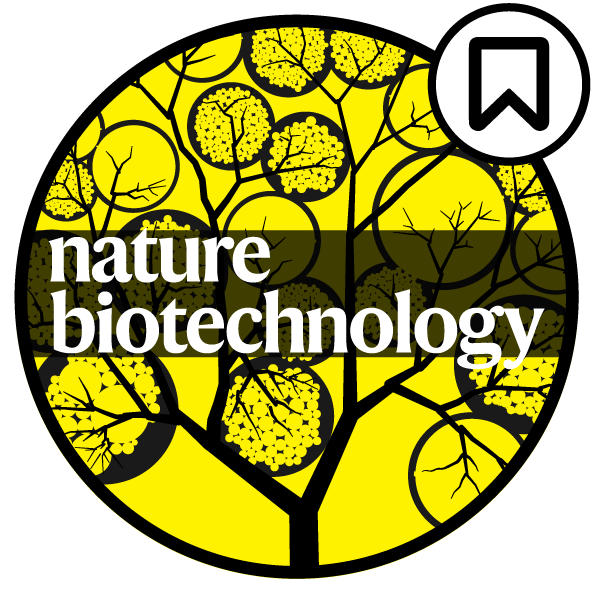
Browse my gallery of cover designs.
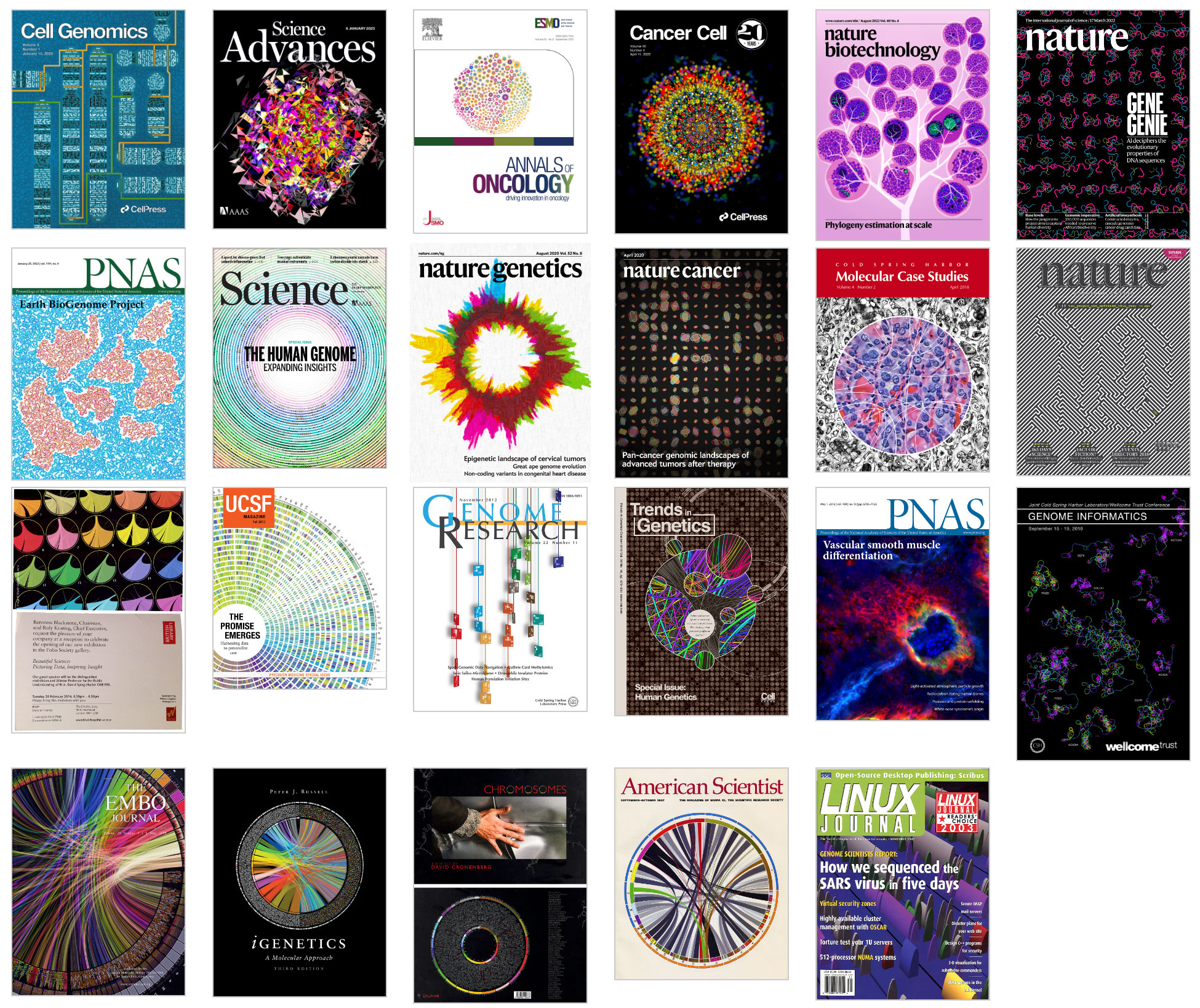
Creating the PNAS Cover
contents
One of my goals in life, which I can now say has been accomplished, is to make biology look like astrophysics. Call it my love for the Torino Impact Hazard Scale.
I was given an opportunity to achieve this goal when Linda Chang from Aly Karsan's group approached me with some microscopy photos of mouse veins. I was asked to do "something" with these images for a cover submission to accompany the manuscript.
When people see my covers, sometimes they ask "How did you do that?" Ok, actually they never ask this. But being a scientist, I'm trained me to produce answers in anticipation of such questions. So, below, I show you how the image was constructed.
The image was published on the cover of PNAS (PNAS 1 May 2012; 109 (18))
Photoshop CS5, Nik Color Efex Pro 4, Alien Skin Bokeh 2 and a cup of coffee from a Rancilio Silvia.Below are a few of the images I had the option to work with. These are mouse embryonic blood vessels, with a carotid artery shown in the foreground with endothelial cells in green, vascular smooth muscle cells in red and the nuclei in blue.
Of course, as soon as I saw the images, I realized that there was very little that I needed to do to trigger the viewer's imagination. These photos were great!









Immediately I thought of two episodes of Star Trek (original series): Doomsday Machine and the Immunity Syndrome, as well as of images from the Hubble Telescope.



I though it would be pretty easy to make the artery images look all-outer-spacey. They already looked it.
And then I saw the image below.

The background was created from the two images shown here. The second image was sampled three times, at different rotations.



The channel mixer was used to remove the green channel and leave only red and blue.

The next layer was composed of what looked like ribbons of blue gas. This was created by sampling the oval shapes from the source images. Here the red channel was a great source for cloud shapes, and this was the only channel that was kept. The hue was shifted to blue and a curve adjustment was applied to increase the contrast.




When the foreground and middle ground elements were combined, the result was already 40 parsecs away.

The foreground was created from the spectacular comet-like image of a mouse artery. Very little had to be done to make this element look good. It already looked good.
I applied a little blur using Alien Skin's Bokeh 2 to narrow the apparent depth of field, masked out elements at the bottom of the image and removed some of the green channel. The entire blue channel was removed altogether (this gave the tail of the comet a mottled, flame-like appearance).






And here we have the final image.

Beyond Belief Campaign BRCA Art
Fuelled by philanthropy, findings into the workings of BRCA1 and BRCA2 genes have led to groundbreaking research and lifesaving innovations to care for families facing cancer.
This set of 100 one-of-a-kind prints explore the structure of these genes. Each artwork is unique — if you put them all together, you get the full sequence of the BRCA1 and BRCA2 proteins.
Propensity score weighting
The needs of the many outweigh the needs of the few. —Mr. Spock (Star Trek II)
This month, we explore a related and powerful technique to address bias: propensity score weighting (PSW), which applies weights to each subject instead of matching (or discarding) them.
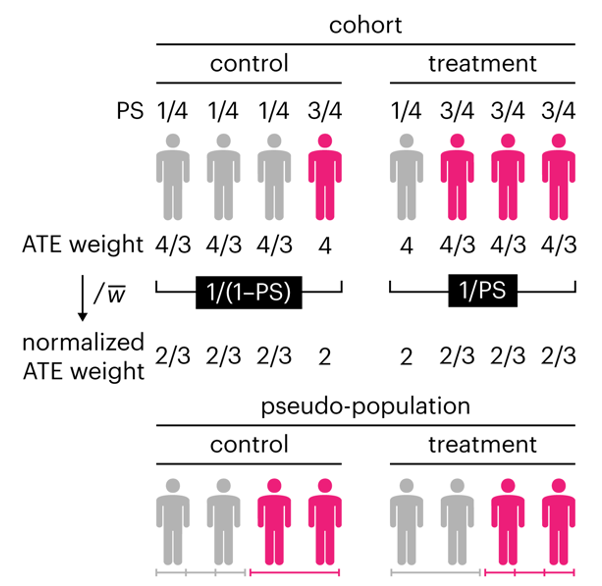
Kurz, C.F., Krzywinski, M. & Altman, N. (2025) Points of significance: Propensity score weighting. Nat. Methods 22:1–3.
Happy 2025 π Day—
TTCAGT: a sequence of digits
Celebrate π Day (March 14th) and sequence digits like its 1999. Let's call some peaks.
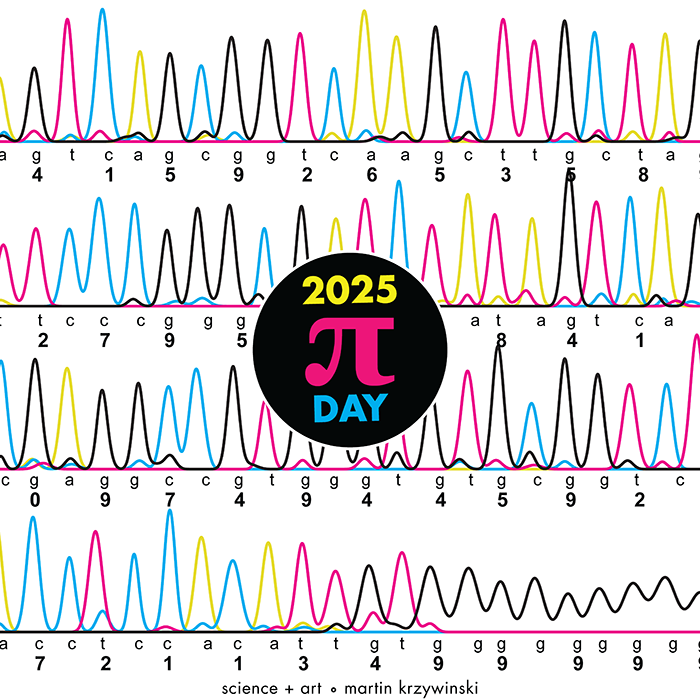
Crafting 10 Years of Statistics Explanations: Points of Significance
I don’t have good luck in the match points. —Rafael Nadal, Spanish tennis player
Points of Significance is an ongoing series of short articles about statistics in Nature Methods that started in 2013. Its aim is to provide clear explanations of essential concepts in statistics for a nonspecialist audience. The articles favor heuristic explanations and make extensive use of simulated examples and graphical explanations, while maintaining mathematical rigor.
Topics range from basic, but often misunderstood, such as uncertainty and P-values, to relatively advanced, but often neglected, such as the error-in-variables problem and the curse of dimensionality. More recent articles have focused on timely topics such as modeling of epidemics, machine learning, and neural networks.
In this article, we discuss the evolution of topics and details behind some of the story arcs, our approach to crafting statistical explanations and narratives, and our use of figures and numerical simulations as props for building understanding.

Altman, N. & Krzywinski, M. (2025) Crafting 10 Years of Statistics Explanations: Points of Significance. Annual Review of Statistics and Its Application 12:69–87.
Propensity score matching
I don’t have good luck in the match points. —Rafael Nadal, Spanish tennis player
In many experimental designs, we need to keep in mind the possibility of confounding variables, which may give rise to bias in the estimate of the treatment effect.
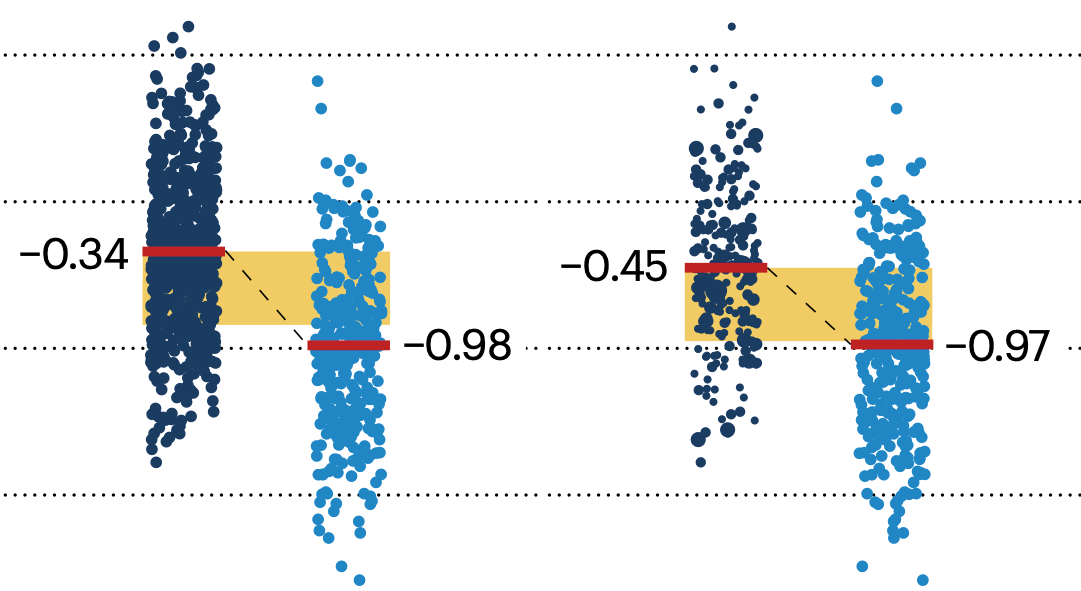
If the control and experimental groups aren't matched (or, roughly, similar enough), this bias can arise.
Sometimes this can be dealt with by randomizing, which on average can balance this effect out. When randomization is not possible, propensity score matching is an excellent strategy to match control and experimental groups.
Kurz, C.F., Krzywinski, M. & Altman, N. (2024) Points of significance: Propensity score matching. Nat. Methods 21:1770–1772.
